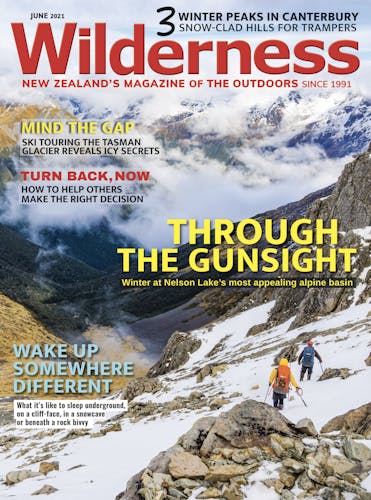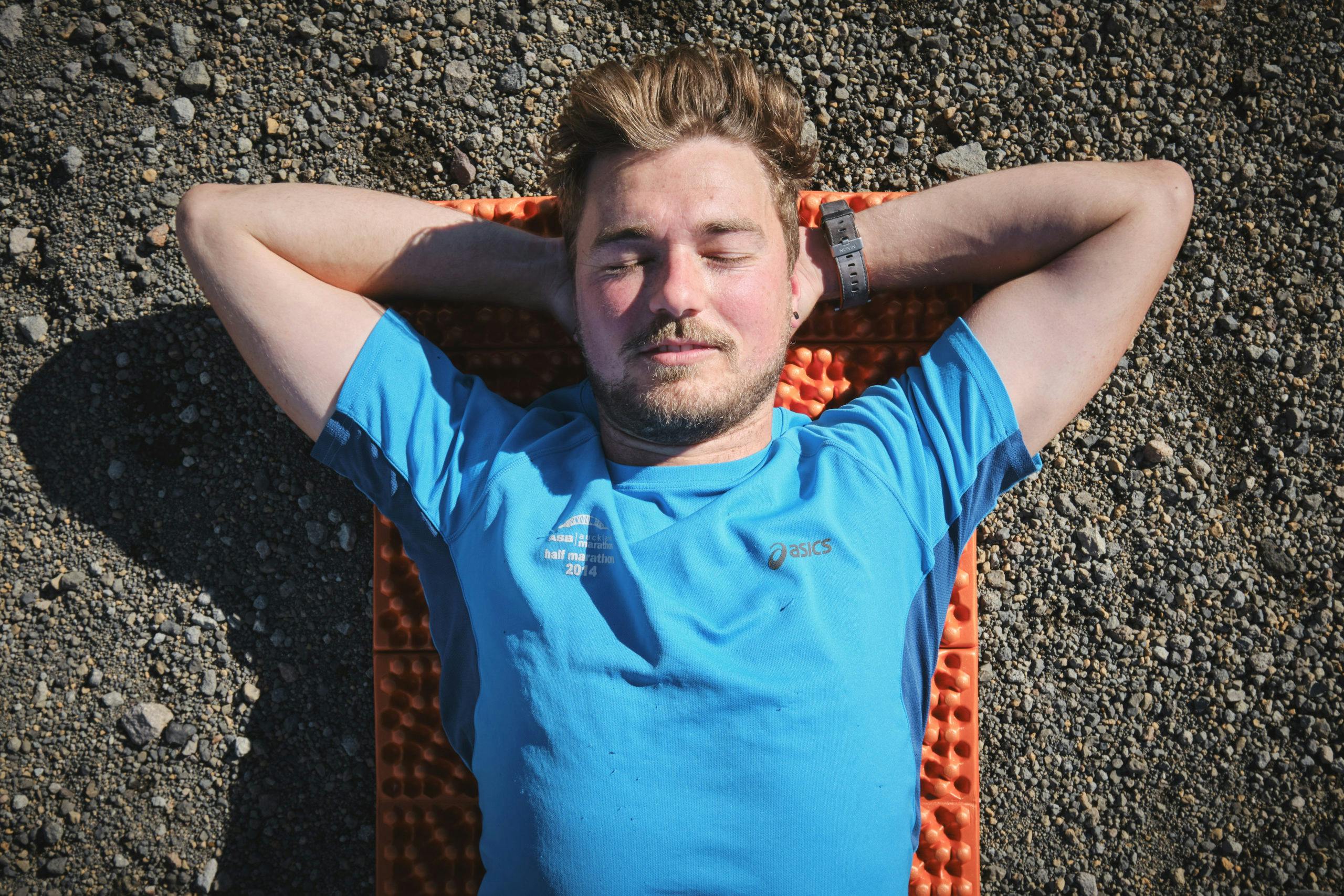A closed-cell foam mattress is a versatile addition to your gear list that can get you out of a pinch.
Sleep systems have come a long way since I started tramping 15 years ago. The cheap-as-chips and paper-thin closed-cell foam (CCF) mattress was the quintessential bedding of my first Duke of Edinburgh missions. Just marginally better than the bare ground, the mats offered little in the way of insulation or padding, but at the time, there were few other options, and on every trip there would be a bright blue mat rolled and hitched to a dozen unwieldy packs carried through the bush, ready to roll down hills whenever the troupe stopped for lunch.
Today, inflatable mattresses are a far more common sight in the backcountry – and for good reason. Plush, and well insulated, they can offer incredible comfort and warmth for minimal weight and bulk. But they’re not a golden bullet solution. For a well-insulated mattress, trampers may have to fork out upwards of $400 for a product that can be noisy and vulnerable to punctures.
While trampers may have misgivings about returning to CCF, they too have become a lot more comfortable in the last decade, and still deserve a space in your gear closet. Here’s why.
It won’t fail you
Carry a patch, they say. It will be easy to repair, they say. Puncture repair kits are essential if you own an inflatable mattress, but the reality of actually finding a pinhole puncture with nought but a head torch is nobody’s idea of easy. Even at home with a soap solution and good lighting, it can take a long time to locate a minute, sleep-destroying puncture, and if the culprit can’t be found, it’s likely game over for your trip. The beauty of a foam mattress is its durability, which allows it to be used on virtually any terrain. Wild campers can sleep easy on sand, snow, gravel or the forest floor, without fear of punctures or mould-producing moisture. Being impervious to water, a foam mat can also be strapped to the outside of a pack, freeing up space for gear inside.
It’s versatile
Besides the obvious, there are plenty of ways to make use of a CCF mattress. Being waterproof, they are an ideal buffer against the wet ground or snow – perfect for those rainy lunch stops or cooking meals on damp grass. Feeling tired? Why not lay down in a pleasant spot in the sun and while away the hours, or, if you’re in need of a stretch, use the mattress as a yoga or stretching mat.
For those weight-conscious trampers, try trimming the mattress to suit your body shape, or cutting three to four segments off to use as a sitting pad. A DIY velcro strip will provide the best of both worlds.
In windy conditions, the mattress can be propped up with tramping poles or branches to create a windscreen for cooking, and should you find yourself trudging down a snowy descent, why not use your mattress as a makeshift sled?
It adds R-value
Though they aren’t the height of comfort on their own, when paired with an inflatable mattress, a CCF mat can be a lifesaver, providing invaluable insulation and protection from potential punctures. Combining a CCF mat with a three-season inflatable mattress, I survived a night that dropped below freezing in Tongariro National Park – a feat that would have been unachievable with just my inflatable mattress.
It’s just easy
CCF is particularly popular with thru-hikers, and when you consider how many times an inflatable mattress would have to be blown up over a hike like Te Araroa, it’s easy to understand why. Inflatable mattresses – as good as they are – require a lot more effort to use and maintain, and unless they are dried properly between uses, internal moisture can create mould problems. For a lightning-fast setup and admin-free use, you can’t beat CCF.








